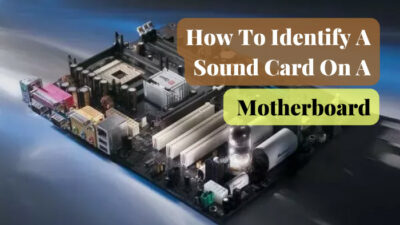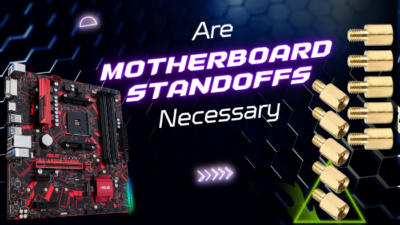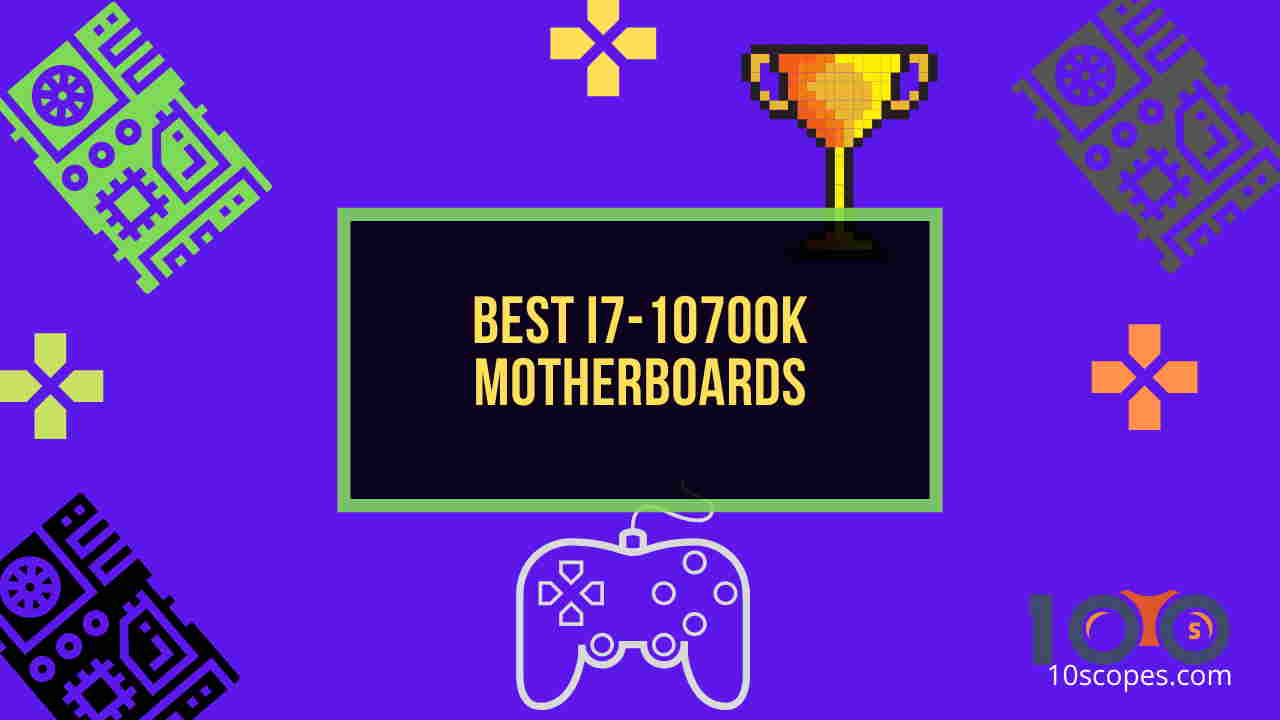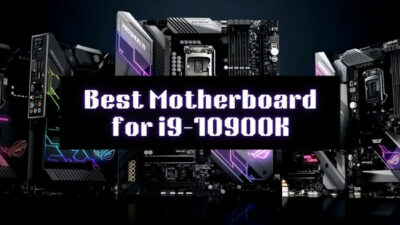After days of research and careful decisions, you finally have the build you want in front of you. The trouble is that the perfect build is refusing to work properly with the perfect monitor that just arrived.
Frustrating, I know. The only thought on your mind right now is:

Why is my PC not detecting my second monitor?
You don’t need to panic anymore. I promise you will end up feeling satisfied after you are done with this article. As a tech enthusiast, I have faced this exact same issue a few years ago so I know which methods actually work.
So, put on your reading glasses and read every section in this article carefully to discover the methods I am talking about.
Why Can I Not Detect My Monitor?
You are unable to detect your monitor because you have some faulty cables due to wear and tear. In addition to that, your motherboard or monitor ports could also be damaged which means even a guaranteed working cable will refuse to work.
The issue could also be because you don’t have the proper drivers installed. In a similar way, other software aspects like the BIOS settings also have the potential to end up causing problems with your motherboard.
At this point, I’m sure you have already realized that the fix for each of these issues will be very different. So, that means that it is guaranteed that all of these fixes won’t work for you. Only one of them might work for you.
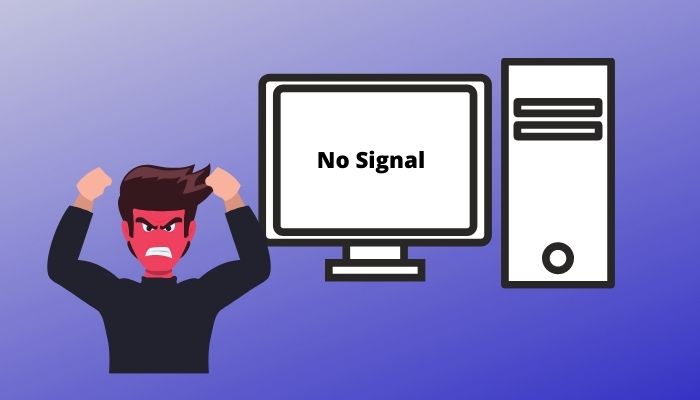
However, it is still a good idea to keep all of these fixes in mind because you will probably face this issue again at some point as I myself have faced this multiple times. In those situations, you will be able to solve the problem very easily.
Do check our latest post on the Does CPU Affect FPS Count.
How To Fix Motherboard Can’t Detect Monitor?
Now that you know the causes for this problem, let’s focus on how to get rid of this issue for good. As you already know, not all of these fixes will work for you. So I am asking you to have patience and not give up if the first or second method doesn’t do anything.
Before we get into it, I have to mention that most of the fixes I am going to be talking about is mainly for secondary monitors. Your first or primary monitor should typically be recognized without any issues.
If you are in a rare situation and your motherboard isn’t recognizing the primary monitor, I can confidently say that you did something wrong in the installation process and that’s where you need to start. You could also check the cabling for any damage.
Here are the methods to fix motherboard can’t detect monitor:
1. Switch On Integrated Graphics In BIOS
When you install an external GPU, most motherboards will automatically disable the integrated graphics that come by default in most PCs.
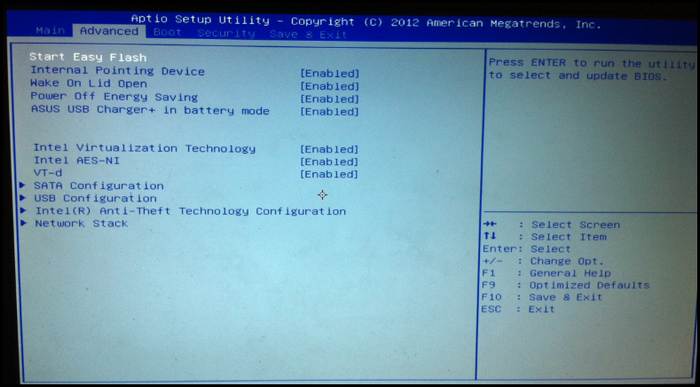
To do that, follow these steps:
- Turn off your system completely.
- Power it on and keep pressing the Esc key repeatedly until you see a menu.
- Look for the key next to BIOS settings and press that on your keyboard.
- Once the BIOS menu shows up, go to Graphics Configuration and switch from PCIe to Integrated Graphics.
Another mistake most people make is that they connect the primary monitor in the graphics card and the second one to the motherboard. This will only enable one of these monitors and the other will remain undetected.
So, you just have to plug both monitors into the same device. For example, both monitors can either be plugged into the graphics cord or motherboard but it’s not possible to plug one to the graphics card and one into the motherboard.
Follow our guide to Fix CPU Fan Not Detected in BIOS.
2. Check The Ports
I already mentioned earlier that you need to verify that your cables don’t have any damages or wear and tear so let’s talk about another thing that can affect the connection.
Many people don’t know this but if you have a dedicated graphics card built-in, you won’t be able to use your motherboard for any visual output connections.
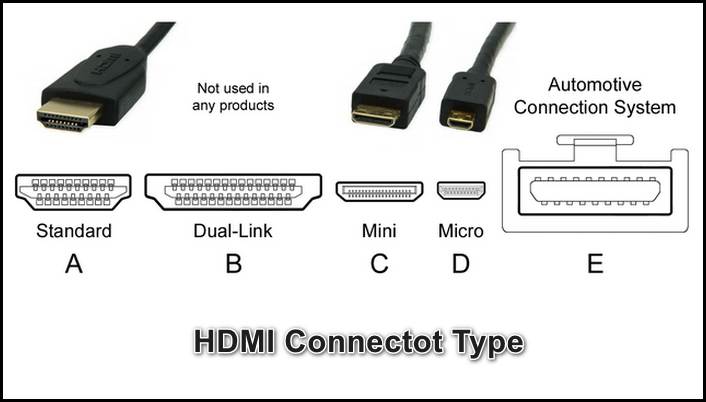
Don’t forget to check out some of the best 4800 MHz RAMs for a faster gaming experience.
This means that whatever cable your monitor is using like HDMI, VGA or DVI will have to be connected to the graphics card.
There is a workaround that will let you use both the motherboard and GPU ports for the monitors. To do this, you need to set the integrated graphics as the primary display adapter in BIOS.
Read the previous step if you need a refresher on how to get to BIOS.
But, before that, do check our latest post on the CPU Cooler VS Case Fans.
3. Use the Detect Display Feature In Windows 10
While both Windows 10 and 11 do have the ability to detect new displays automatically, sometimes due to registry errors or something similar, Windows might actually stop looking for new displays.
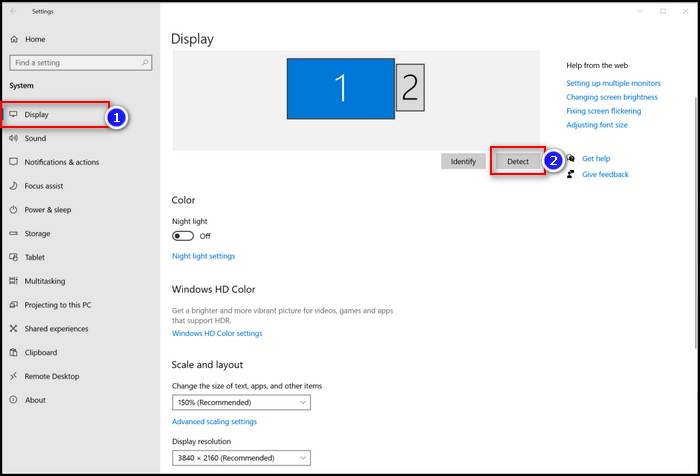
The good news is Microsoft provided us with a solution for those rare scenarios. In order to force Windows 10 to scan for new Displays, follow these steps:
- Launch the Settings application.
- Go to the Display section.
- Under the Multiple Displays section, click on the button that says Detect.
If all goes well, you should see that your second display is working as expected. If it doesn’t work, don’t lose hope yet.
4. Fix Your Drivers
This might be surprising to you but many hardware issues can usually be fixed by maintaining the drivers properly.
If this secondary display was working for you before but suddenly stopped working after a recent update, you should simply roll back the update.
However, if it never worked for you in the first place, you can download the driver for that monitor from their website and install it manually.
Also, check out our separate post on Motherboard Boot Without CMOS Battery.
FAQ
Which is faster DVI or HDMI?
Given that HDMI is much newer, you shouldn’t be too shocked to learn that HDMI is definitely much faster than DVI. HDMI supports up to 42.6 Gbit per second whereas DVI supports only up to 9.9 Gbit per second.
Does it matter what DisplayPort I use on GPU?
No, the variant of DisplayPort that you use doesn’t have any impact on the GPU at all. You just have to make sure you are connecting it to the right slot.
Is VGA good for gaming?
For normal usage, VGA will do just fine but for gaming, you will get the best experience with DisplayPort or HDMI.
What is the best connection for a monitor?
Answer: DisplayPort provides, without a doubt, a much superior experience than any other connections for monitors like HDMI, DVI, or VGA.
Final Thoughts
Believe it or not, secondary displays almost never work properly unless you configure a few settings in BIOS as we discussed.
Here’s hoping that you will finally get to use that secondary monitor after following all the steps I told you about.
If you are a beginner and still trying to wrap your head around all these issues related to your build, be sure to bookmark our page to quickly find the fix to those problems.

